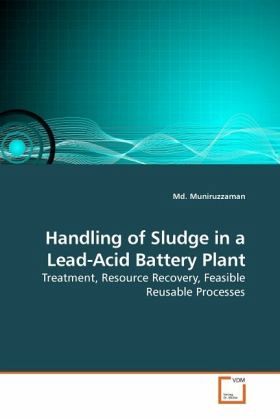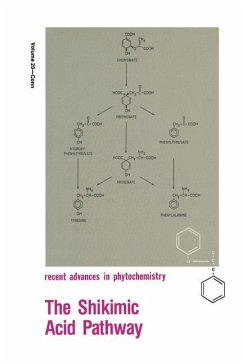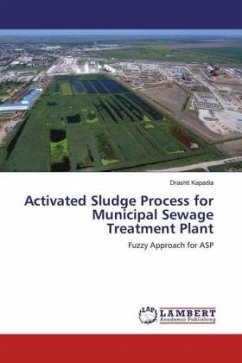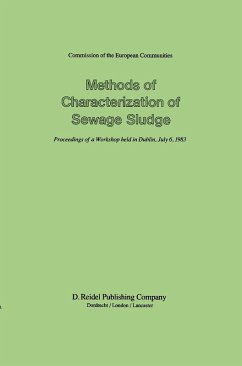
Handling of Sludge in a Lead-Acid Battery Plant
Treatment, Resource Recovery, Feasible Reusable Processes
Versandkostenfrei!
Versandfertig in 6-10 Tagen
32,99 €
inkl. MwSt.

PAYBACK Punkte
16 °P sammeln!
Over the last few decades, the use of lead acid batteries has increased exponentially. With this boom in use of lead acid batteries has also come a rise in the sludge produced after the manufacture as well as recycle of batteries, and very little academic literature along with previous works exist on how to best utilize this sludge without using the typical recovery process. More importantly this sludge cannot be dumped in the soil because it contains lead. Traditional practice in some countries is, they have cement or brick made pits to dump this sludge. But in most of the countries (especial...
Over the last few decades, the use of lead acid batteries has increased exponentially. With this boom in use of lead acid batteries has also come a rise in the sludge produced after the manufacture as well as recycle of batteries, and very little academic literature along with previous works exist on how to best utilize this sludge without using the typical recovery process. More importantly this sludge cannot be dumped in the soil because it contains lead. Traditional practice in some countries is, they have cement or brick made pits to dump this sludge. But in most of the countries (especially in Bangladesh and in other third world countries) there is no dumping site provided to these industries to dump their sludge; hence it is an international problem. This book, therefore, provides a new metric of success for dealing with lead sludge, supplemental to provide a better text for the students who will work on lead sludge. The analysis should be especially useful to researchers as well as professionals or anyone else who may be considering working on sludge containing lead.












